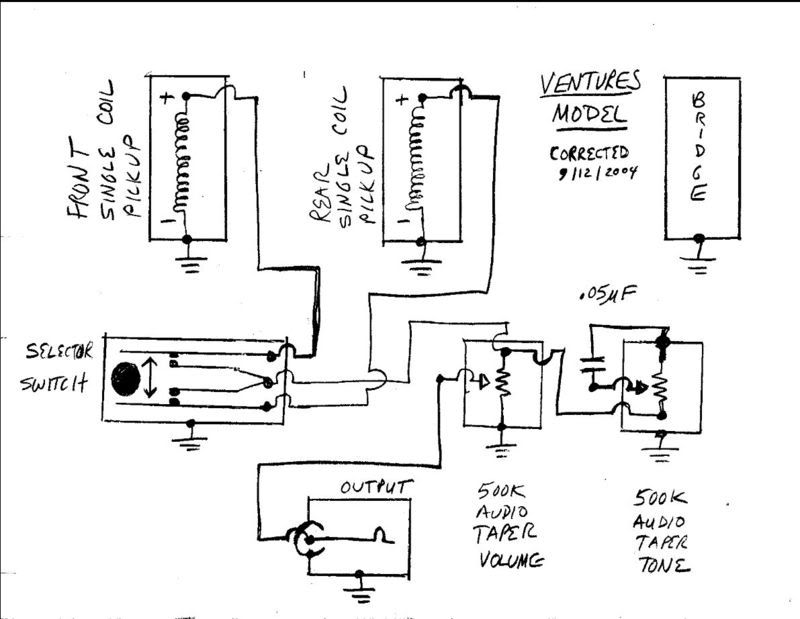First off, I do not have additional sets of templates and do not want to sell the one's that I have made. However, I would highly recommend purchasing templates and using a router to shape everything to the final dimensions. I use a bandsaw and cut down to about 1/16" to 1/8" just out side the line drawing of the final size of the part being made. Then I use double stick tape to temporarily secure the template onto the wood before using the router. Additionally, using a router and template allows you to duplicate parts that would be interchangeable. Here's a link to purchase Mosrite templates. http://www.guitarbuildingtemplates.com/Mosrite.htm Unfortunately these templates do not include a side view of the neck which is crucial to the project. So hopefully my measurements will help in this area.
Buying wood for the project is up to you. There are Luthier supplies lists on the WWW, so do your homework before buying wood. I have purchased my lumber off sellers on eBay only to find a better deal on the search engine from a supply store.
A good source for many of the items such as fret wire, truss rod, blank rosewood fret board, plastic binding material, blank pickguard material and electronic parts, can all be found at Stewart McDonalds Guitar Supply. http://www.stewmac.com/ I particularly like their free information section located on the lower part of the left side column. Here you can learn how to do just about every aspect of building a guitar. What I found most useful was their fret layout calculator.
Once you get your guitar built and are ready for a finish but don't have access to a professional paint sprayer, go to ReRanch for you aerosol nitro cellulose painting supplies. http://www.reranch.com./ Not only does ReRanch sell paints, it also has a tutorial section that describes how to paint with cans.
Trying to source out Mosrite parts whether original or Japanese reproductions can be difficult at times. They are all expensive. I substitued the Mosrite vibrato, bridge and pickup buy purchasing them from Hallmark, Althought all parts are not listed on his web site, send them an email as they sell every part for his Hallmark 60s Custom. The Hallmark, bridge, vibrato and pickups are quality items and very similar to Mosrite. Check out the parts section. http://www.hallmarkguitars.com/
Now down to critical measurements. I obtained these measurements when I was restoring a 1966 Mosrite Ventures model, and they are the standard I go by.
Neck measurements:
1. Neck scale, 24 3/4"
2. Neck width at zero fret 1.673"
3. Headstock thickness 9/16" (side view)
4. Neck volute thickness at the headstock is 1 3/8", referring to the area at the nut guide (side view).
5. Fretboard thickness 1/4" at the center line curving towards the sides, it appears to be a 9 or 10" radius .
6. Over all length 28 1/8"
7. Thickness of neck (side view) in the neck pocket 1 3/8" tapering to 1 5/16" heel. This sets the angle of the neck.
8. The step down to allow pickup installation (side view) of the neck where it fits the neck pocket is 7/8".
9. Neck thickness at 1st fret (side view) .795"
10. Neck thickness at12th fret (side view) .840
11. The angle where the neck joins the body is 2 degrees.
12. The downward angle of the head stock is 7 degrees.
Body Measurements:
1. Overall dimensions 19" X 14"
2. Body thickness 1 5/8"
3. Pickup cavity depth 3/4"
4. Neck pocket depth 1"
5. Control cavity depth 1"
6. The German carve around the body is started with a 1/2" concave router bit
Here's the wiring diagram borrowed from the Michael Marks' Mosrite web site.
http://marksma.home.insightbb.com/wsb/h ... html-.html

If you have questions or comments, please post them here for everyone to view rather using the private message system.